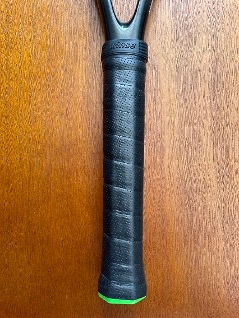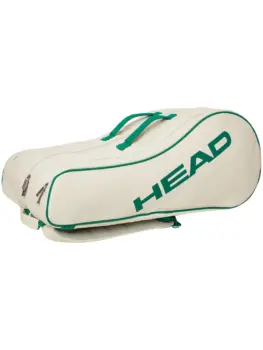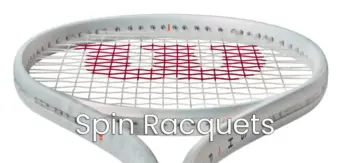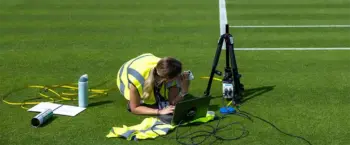Finding the right tennis grip can significantly enhance your game. Different grips cater to different playing styles and preferences.
The right grip can refer to several things. It can be about choosing the right grip for your game, meaning Eastern, Western, Continental and Semi-Western. Each grip has its own advantages and disadvantages, impacting how you hit forehands, backhands, and serves. For instance, the Eastern grip is known for its versatility and is commonly used by players who prefer a balanced style of play. In contrast, the Western grip offers more topspin but requires greater wrist strength. The Semi-Western is the most versatile grip.
If you are learning the game, there is an interesting grip guide that explains how to find the different grips. Most likely, you already have your grips set, but it is always possible to tweak and change them.
But when we talk about grips, there are also different types of grips, like overgrips and base grips. We talk about these things in depth in our Tennisnerd Guide to Racquets and Strings.
When selecting a grip, it’s essential to consider your playing style and any equipment that could complement it, such as an ankle brace for better support and stability.
The Importance of Comfort and Control
One of the most critical aspects when choosing a tennis grip is comfort. A comfortable grip allows you to maintain control over your shots, reducing the risk of errors. The grip on your racket can even influence how well you adapt to varying playing conditions such as clay or hard courts. Therefore, experimenting with various grips can provide valuable feedback on what feels natural and efficient.
Grip size also plays a significant role in comfort and control. Using a too-large or too-small grip size can lead to discomfort and even injury over time. Many players consult professional coaches or use specialized equipment to accurately measure their ideal grip size. This ensures they have the right fit, which can enhance both performance and enjoyment on the court.
Why Grip Maintenance Matters
Maintaining your tennis grip is equally important as choosing the right one. Over time, grips wear out due to sweat and friction, reducing effectiveness and comfort. Regularly replacing your grip or using overgrips can help maintain optimal performance. Keeping your hands dry during matches can also prevent slipping and ensure better control.
Another factor to consider is how often you play. Frequent players may need to replace their grips more often than casual players. Paying attention to these details can significantly impact your overall game experience. Proper maintenance not only prolongs the life of your equipment but also contributes to consistent performance on the court.















